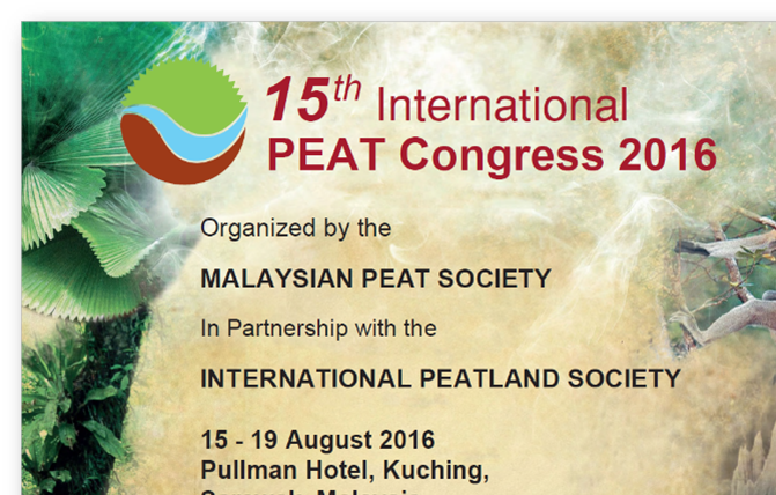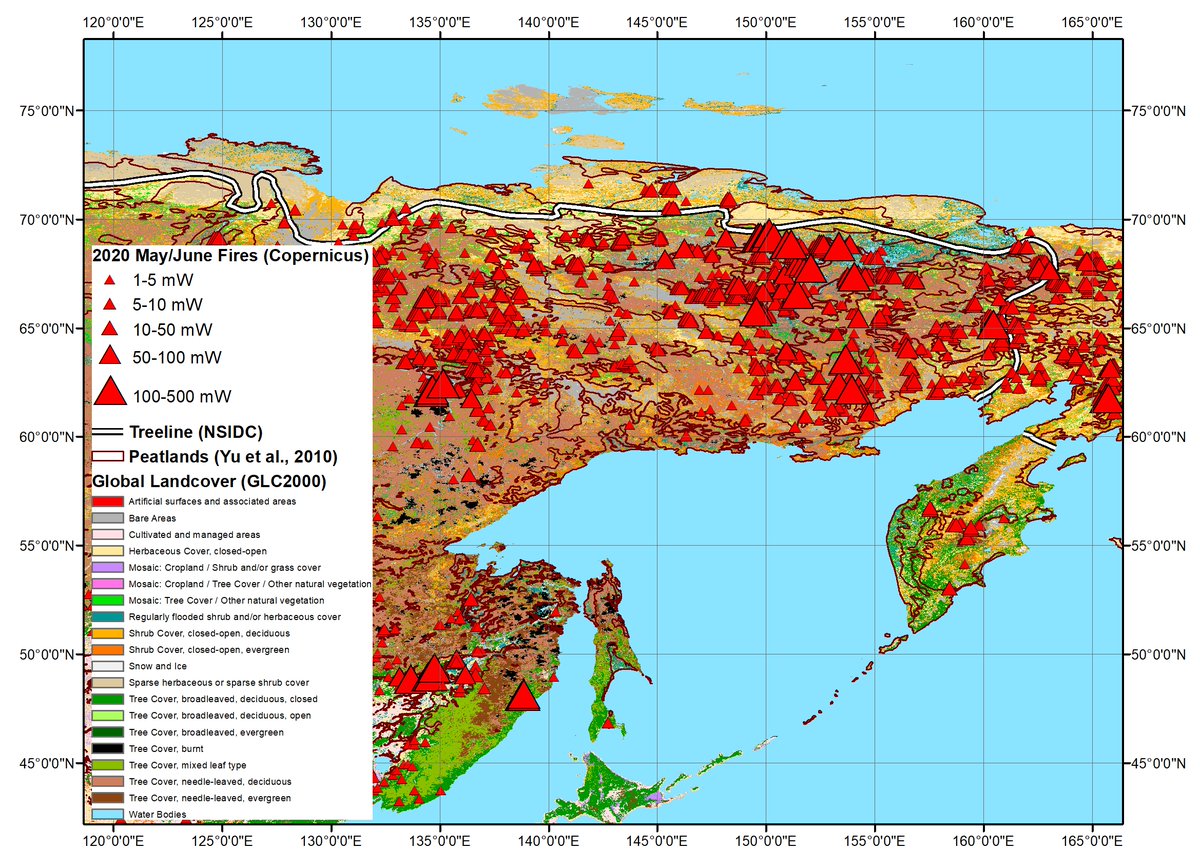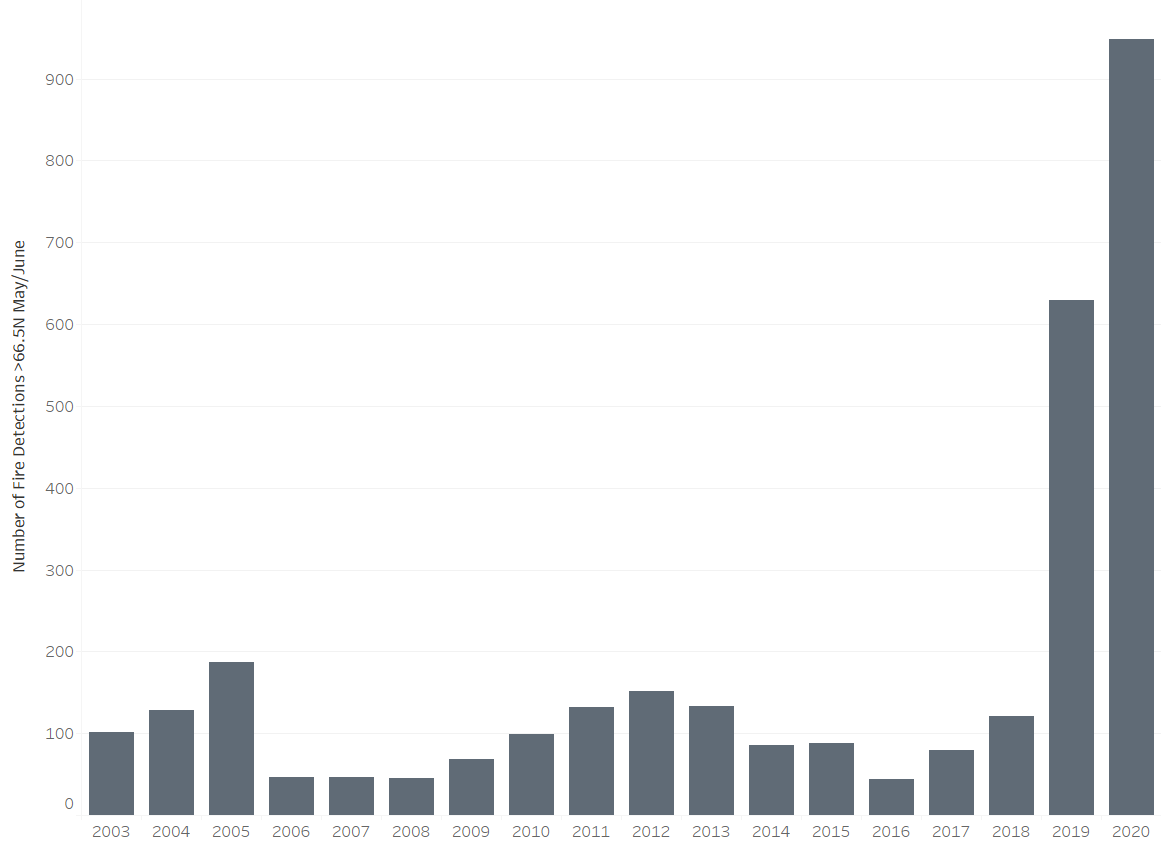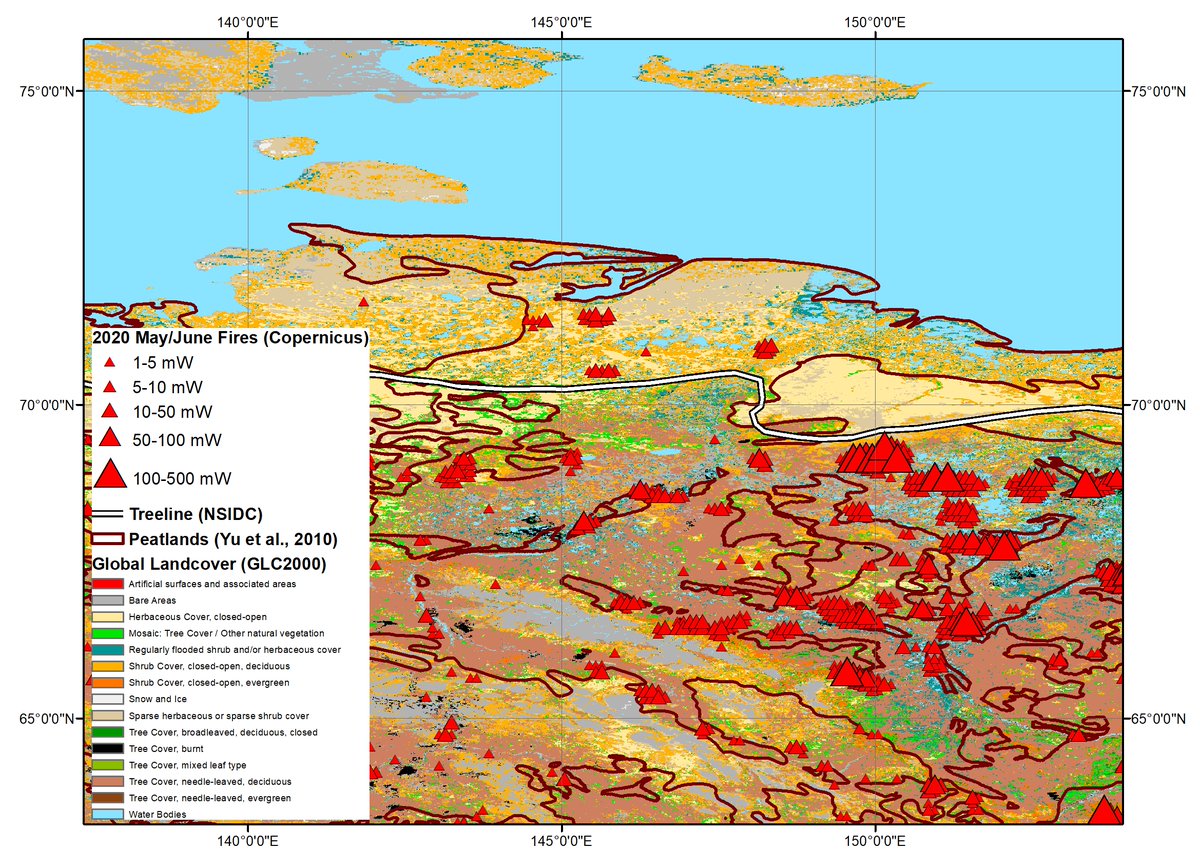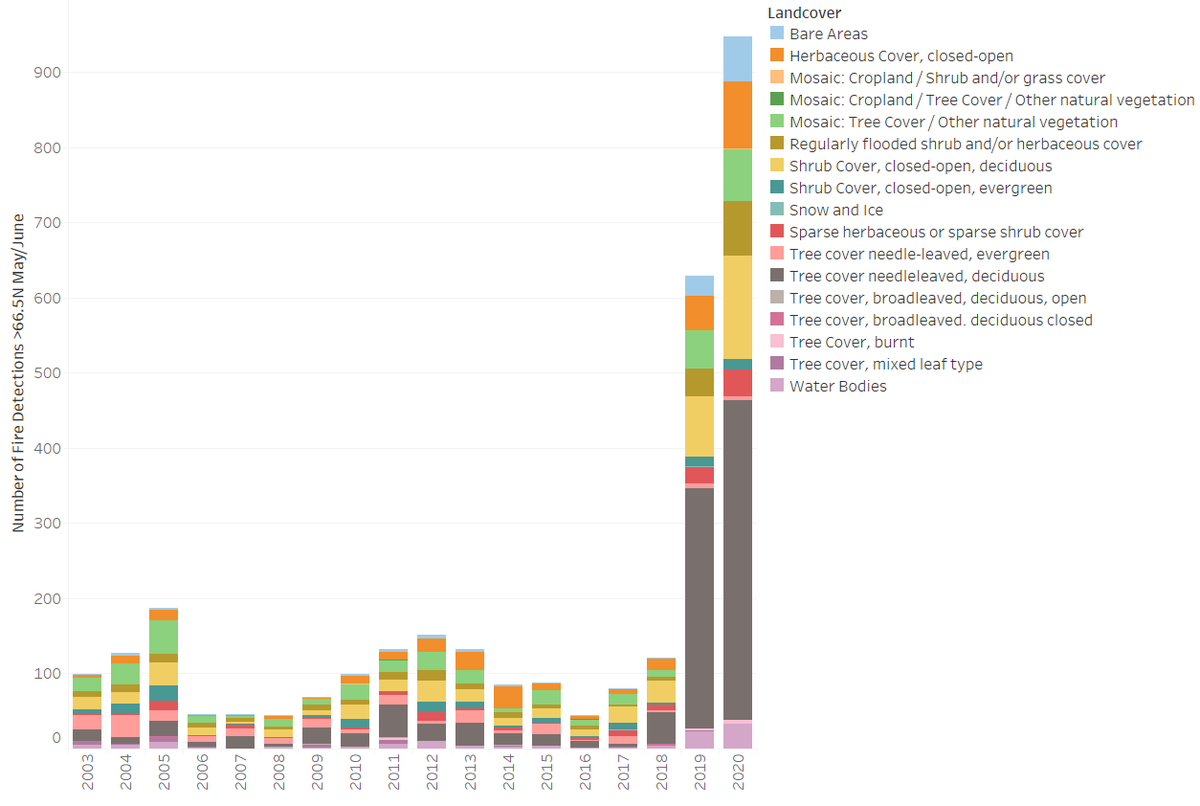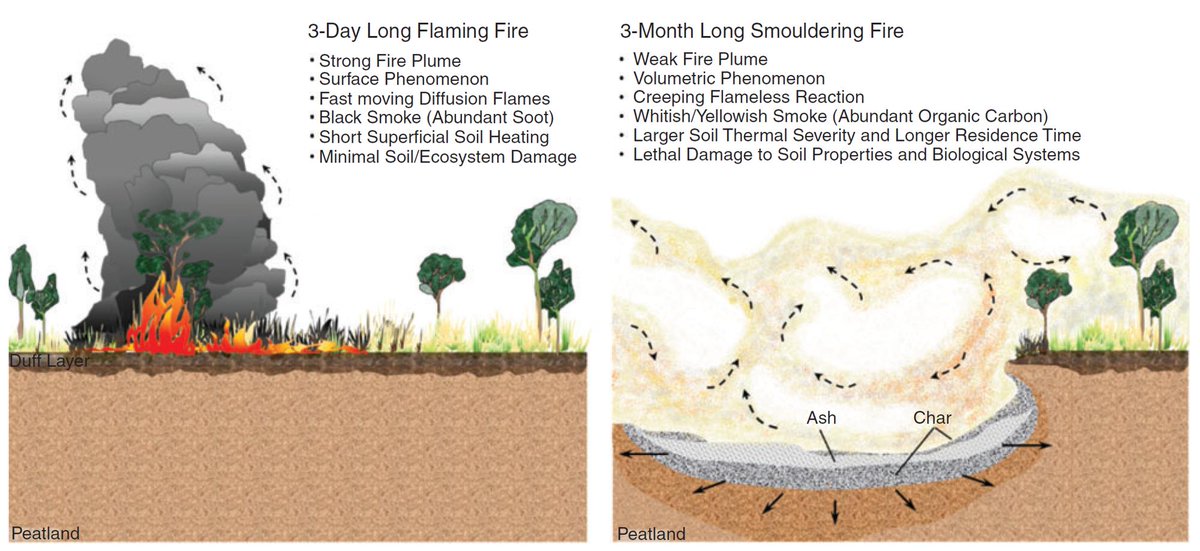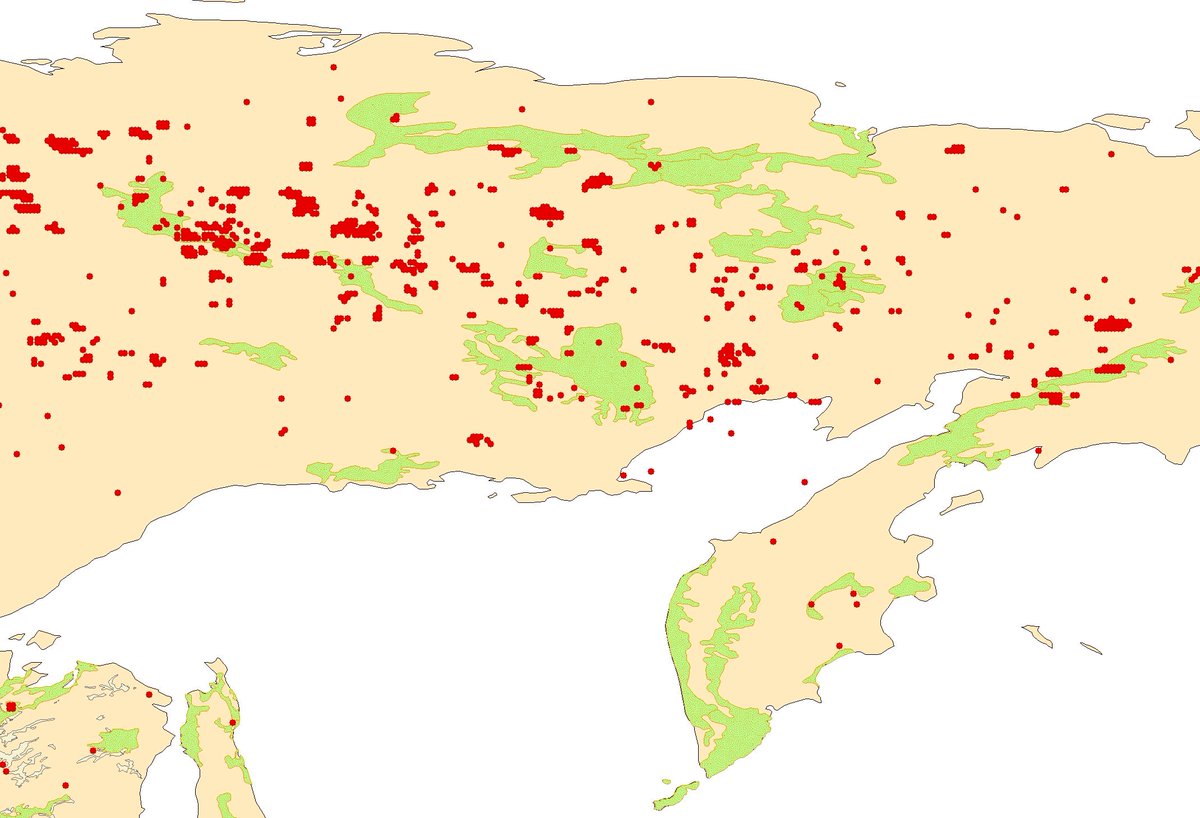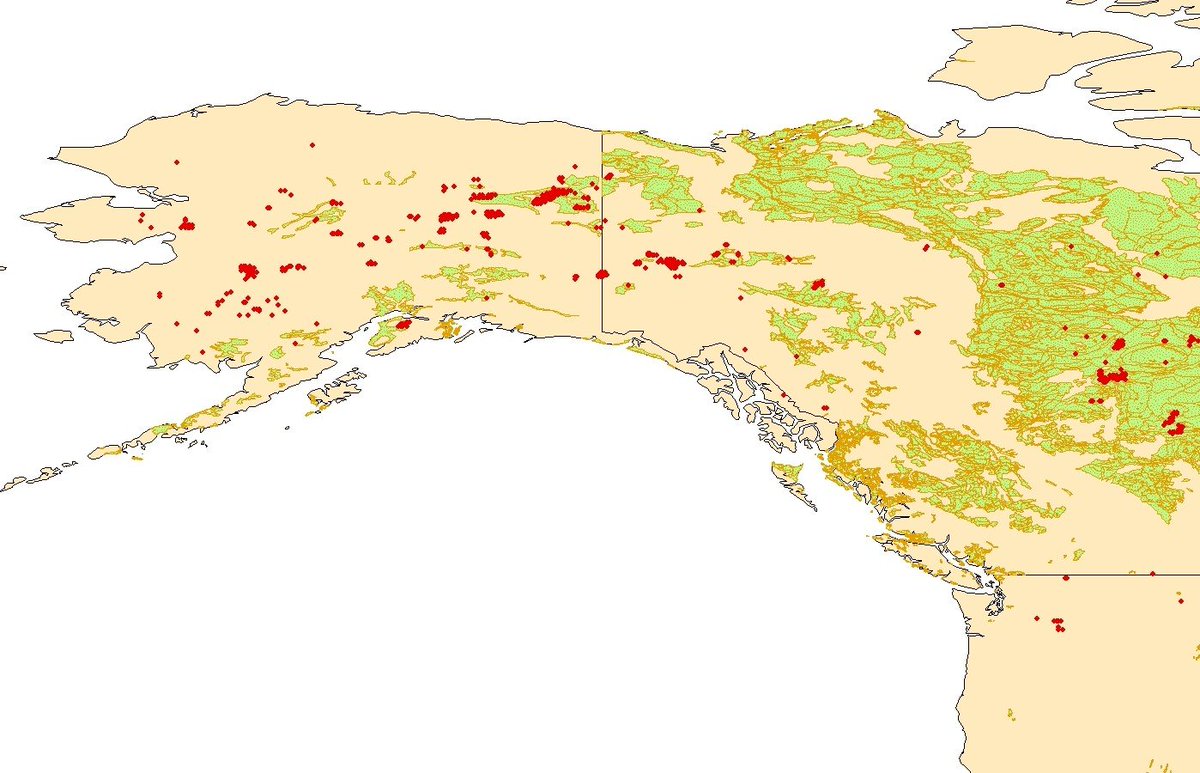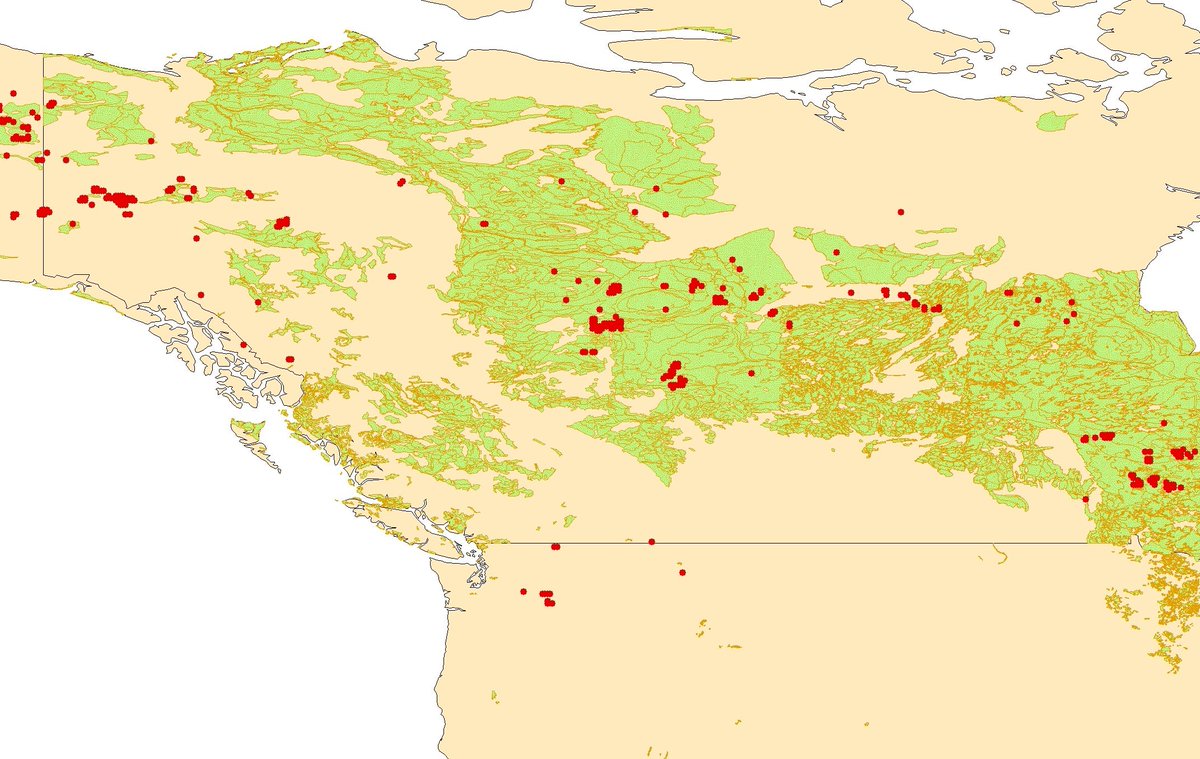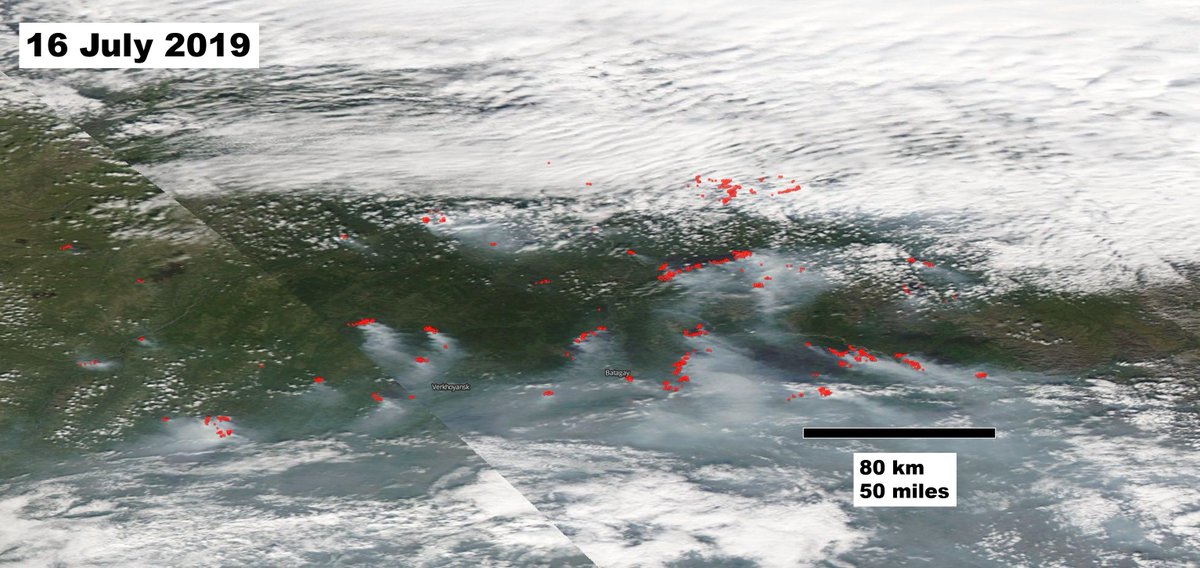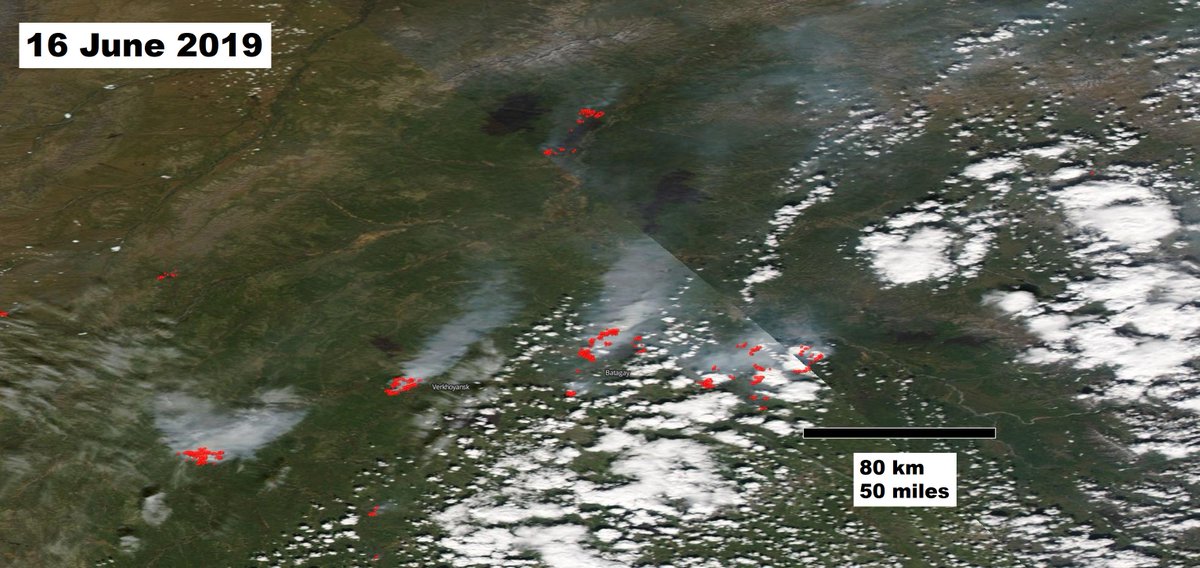
I reckon this building is now one of the most struck-by-lightining buildings in the world. Second tallest building in the world and in equatorial Asia. Just witnessed it being struck three times in the space of ten minutes!
#lightning #merdeka118 #KualaLumpur🇲🇾
#lightning #merdeka118 #KualaLumpur🇲🇾
And if someone can tell me why there are three flashes I'd be very grateful twitter! ... To the naked eye it was just one!
So there were four flashes. Would love to know why! @US_Stormwatch @StormChaserLiam @StormChaseUK @ben_rich
Just very excited to use my lightning camera app!
Just very excited to use my lightning camera app!

So my reading of some @NOAA websites interprets this as a positive cloud-to-ground 'leader' lightning strike (+CG) followed by multiple (3) negative ground-to-cloud return strikes (-CG). There might have been more as my camera was probably only operating at 30 fps. So intrigued!
• • •
Missing some Tweet in this thread? You can try to
force a refresh






